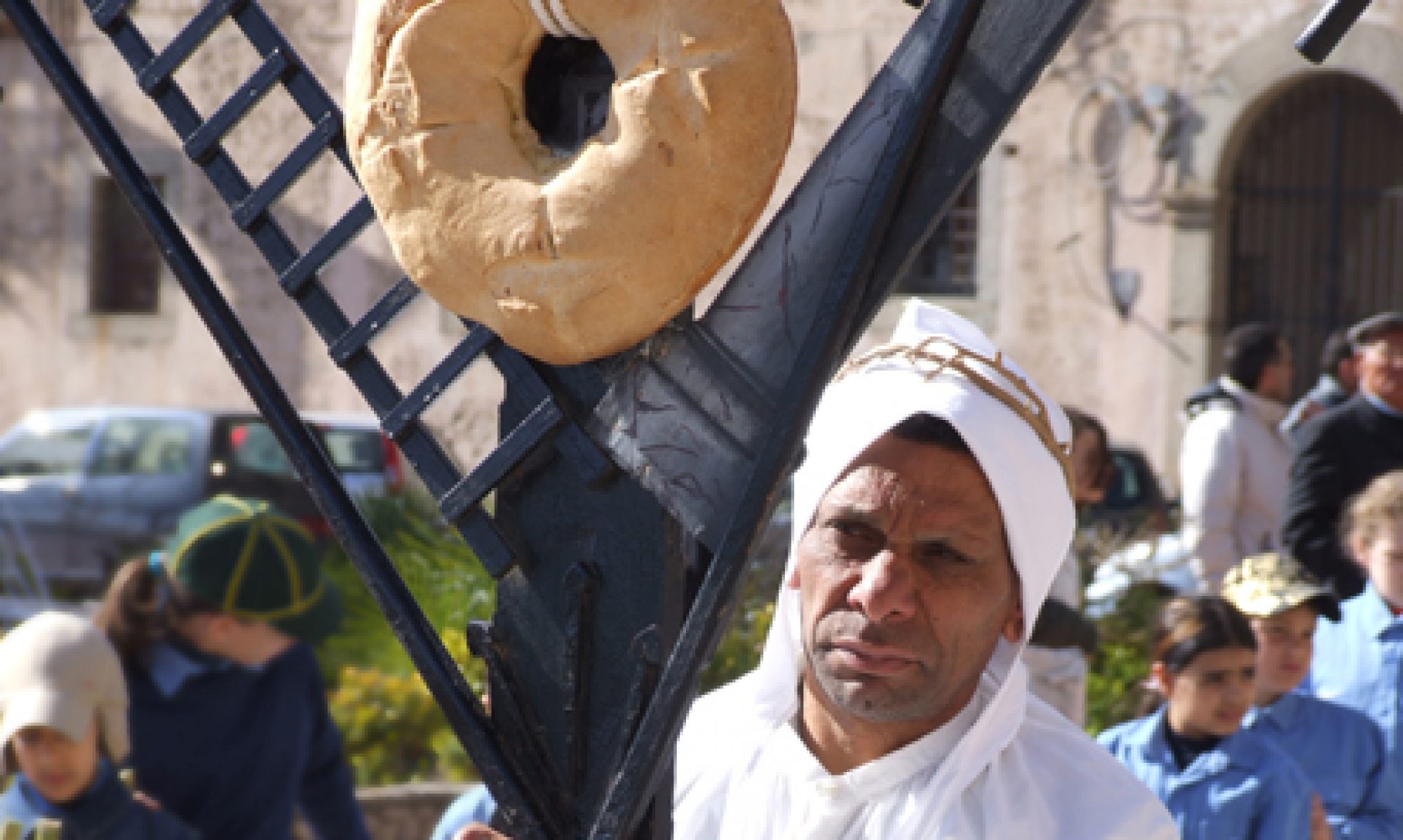Marina di Gioiosa Jonica which, in addition to being a major centre for trade and tourism, also features various archeological sites of considerable interest.
The ruins of the baths, the theatre and roman necropolies are certainly wort visiting.
The Roman theatre, whose caveau was divided into 5 wedge-shapesd section (cunei) by 4 staircases, dates back to the early imperial period ond only retains half of its original twenty rows of seats.
The remains of the portus temporarily re-emerged between te Romanò and lordo rivers following a flood in 1971.
The towers of Marina di Gioiosa Jonica
The local coastal lookout system still remains, who Torre Cavallaro standing tall next to the train station. The tower is known by this name as it was manned by man on horseback ready to head out and alert the population in the event of imminent danger.
The beautiful Torre Galea is a feudal residence located in the homonymous locality, about two kilometers from the town center; the district of Galea was originally called Abbate Henrico; it took its present name around 1534, when the Marquis of Castelvetere and lord of Motta Gioiosa, Giambattista Carafa built a boat for the emperor Charles V.
The Tower was built between 1483 and 1490 by Cola Iacopo Romano, nobleman of Sorrento, invested by the title of baron of Abbate Henrico by the king of Naples Ferrante I of Aragon.
The building has a quadrangular plan with two semi-cylindrical towers located at the north and south corners, with stone brackets at the top; the interior has three overlapping rooms, with as many smaller rooms in the south tower body and a spiral staircase in the north tower; it is accessible by a wooden bridge, which once had to be mobile.
It is still handed down among the population of an underground conduit that once connected the two towers.
The church of San Nicola di Bari.
Built by local fishermen and named after their patron saint, it was only used for summer mass. On this old church, another one was erected called San Nicola di Bari, then demolished because it was unsafe because of the damage caused by the earthquake of 1908 and the storms. The current church is the one rebuilt in 1932; It has a very sober façade in which a rectangular masonry portal stands out. Annexed the bell tower which has a concert of three bells merged in 1933; inside it is divided into three naves and is equipped with relics from the ancient master church of the place.
